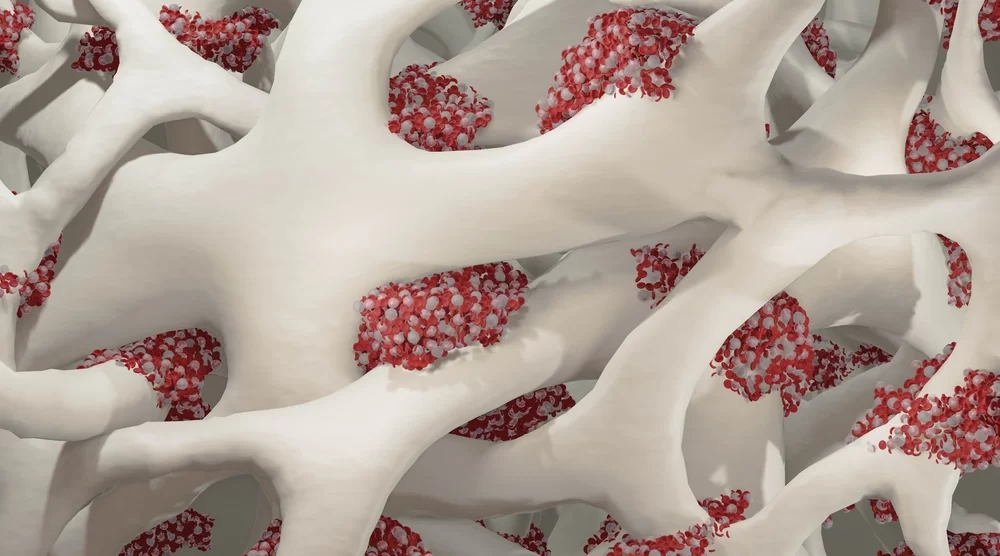Bone Marrow Transplant

Hematology is a branch of science that studies the origin, development, structure, and regulation of blood and blood-producing organs. This field also includes blood transfusion, stem cell applications, and bone marrow transplants. Hematology is considered a subspecialty in medicine, and doctors specializing in this field receive extensive training in internal diseases.
About Bone Marrow Transplant
Leukemia is a type of cancer commonly treated with medications during childhood. Chemotherapy typically lasts between 3 to 3.5 years, though the duration may vary for each patient. Approximately 85% of patients recover during this process. However, chemotherapy may not always be effective for some cases. For patients who do not respond to treatment, a bone marrow transplant can be an alternative solution. The primary goal of stem cell therapy is to transfer stem cells from healthy donors to leukemia patients to restore normal blood production.
Collection of Stem Cells for Bone Marrow Transplant
Various tests are performed to determine whether tissue groups are compatible. Matching tissue groups (HLA) can often be obtained from siblings or, in rare cases, other family members. It is also possible to receive stem cells from unrelated donors.
- The patient’s own bone marrow can be frozen and reintroduced if necessary.
- Stem cells can be collected from healthy donors using specialized and critical treatment methods.
- The placenta of a newborn sibling can also be used as a source of stem cells.
Bone Marrow Collection Process
The collection process is performed in a hospital setting under anesthesia. Using special needles and injections, stem cells are extracted from the donor’s bones. The collected stem cells are then stored in special bags and transported alongside the patient for intravenous infusion. Transplanted stem cells begin to take effect within approximately three weeks, gradually repairing damaged blood cells. In some cases, the patient’s body needs time to adapt to the transplanted stem cells. Therefore, external supportive care is provided for up to six months to ensure proper adaptation.
Frequently Asked Questions
Bone marrow transplantation involves transferring healthy bone marrow from the patient or a donor to restore the patient’s ability to produce healthy blood cells. There are two types of bone marrow transplants: autologous (using the patient’s own marrow) and allogeneic (using marrow from a donor). The procedure is typically used for diseases like cancer, blood disorders, and immune system conditions.
Bone marrow transplantation is commonly used for cancers like leukemia, lymphoma, and multiple myeloma. It can also be applied for blood disorders such as bone marrow failure, anemia, and certain immune system disorders.
The recovery process varies based on the patient’s overall health, the type of transplant, and the treatment used. After the transplant, patients undergo a lengthy recovery to rebuild their immune system, which can take from a few weeks to several months. Immunosuppressive medications are also used to prevent the rejection of the transplanted marrow.